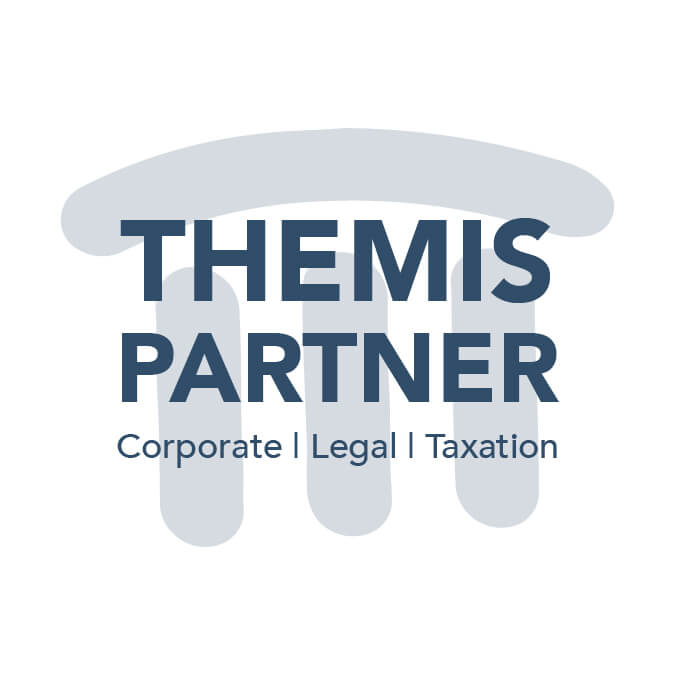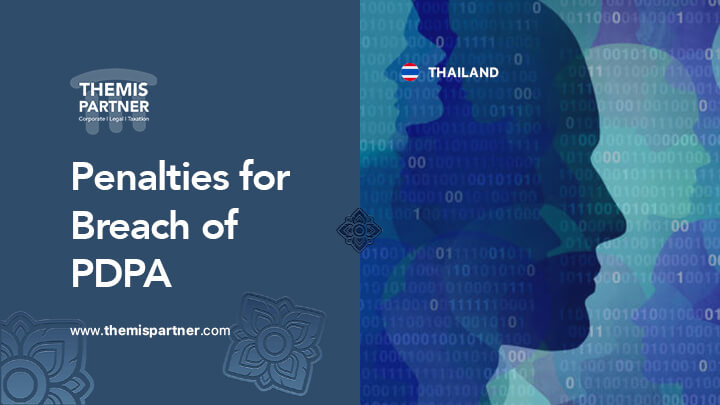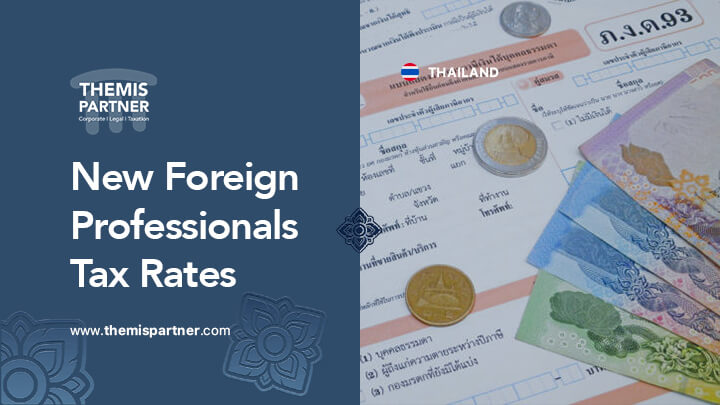Section 26 of the ETA considers as a Reliable Electronic Signature, a signature that meets the following criteria:
In principle, according to the ETA, it is possible to use this type of signature for civil and commercial acts, except those expressly excluded by law.
Two categories of acts where e-signature is possible must be distinguished: those where no formalism is required by law and those where a signature and a writing are required.
For some contracts no formality is required by Thai law, in this case it is quite possible to use an e-signature, without the criteria provided in section 26 of the ETA for a Reliable Electronic Signature necessarily being met. Examples of acts where no formalism is required:
For other acts, it is generally necessary to use a writing signed by the parties, in which case the act cannot lose its legal force for the sole reason of having used an e-signature.
However, the validity of the signature can always be challenged in court, which requires compliance with the criteria of Section 9 and 26 of the ETA, in order to have a Reliable Electronic Signature, which will have a better probative force in case of conflict.
Thai law prohibits the use of e-signature and electronic document for deeds and transactions relating to family and inheritance (Royal Decree Prescribing Civil and Commercial Transaction wich are Exempted from the Application of th Law on Electronic Transactions, B.E. 2549 (2006)).
In addition, in general, acts requiring registration with the competent authorities (Civil and commercial code). Some examples:
Timestamping is a system that makes it possible to preserve proof of the existence of a document and its contents at a given date. The term “proof” indicates the fact that no one, not even the owner of the document, can modify the timestamping certificate. The use of a Certification Authority, and therefore a trusted third party, makes it possible to secure the e-signature in the event of a dispute.
The electronic signature represents an undeniable advantage in terms of speed and simplification, however, before using it, it is advisable to check that it is authorized for the act envisaged and, if this is the case, to ensure that it meets the criteria set out in the ETA. As an e-signature can always be challenged in court, it is advisable for the most important acts to use timestamping via a Certification Authority.










